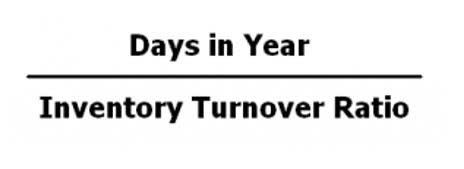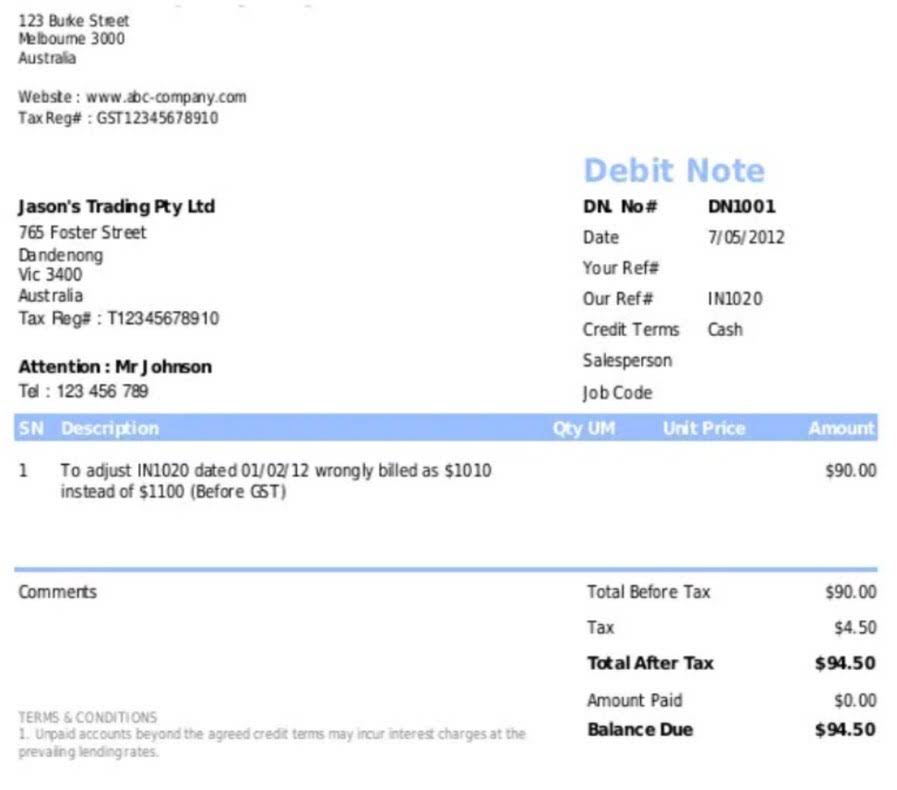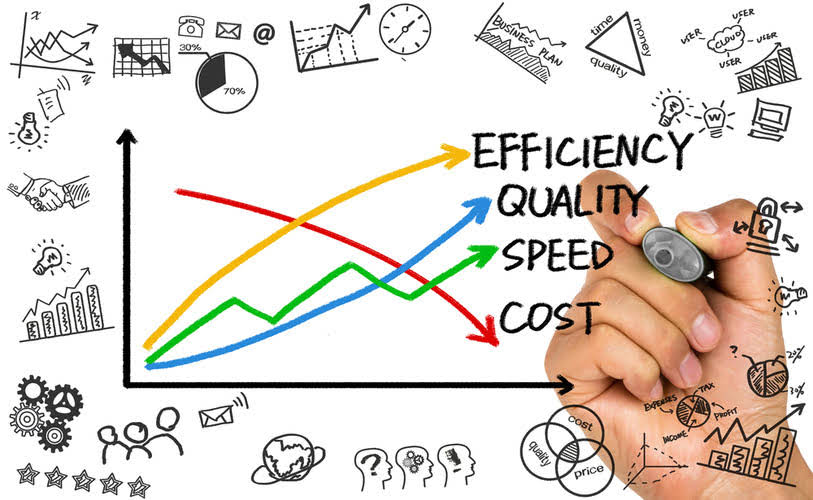Whether you’re new to cash flow management or looking to refine your financial strategies, this session offers valuable guidance on mastering cash flow for business stability and growth. Show clients the importance of invoicing right after a sale or service – no waiting around. It’s much better to manage the funds your business has already generated or borrowed efficiently rather than constantly looking for additional funding. There are many ways to collect payments from customers more quickly.
Always Keep Financial Statements Updated
If your client runs a product-based business, encourage them to keep a close eye on their stock. Holding onto too much inventory ties up cash they could use for other expenses. Let’s break down a real example and look at practical, no-nonsense tips you can share with clients to help them keep their cash flow healthy and steady.
These 10 cash flow management tips can help businesses more effectively meet operating expenses and invest in the future. A business can’t get a full picture of its cash flow without accurate and updated financial statements. Real-time access to financial statements can help business owners spot potential issues and be proactive about preventing a cash flow squeeze.
Get help from your banker
The direct method of producing a cash flow statement is based on cash accounting methods. Cash flow from the operations of a company is calculated based on actual cash inflows and outflows. Every single direct source and use of cash funds, such as cash paid by customers, cash paid to employees, interest paid, and so on, is listed on the cash flow statement using the direct method. Due to the level of detail this method of preparing a cash flow statement provides, the Financial Accounting Standards Board (FASB) recommends that companies use this method. Solvency refers to a state where assets (inventory, receivables, equipment, etc.) of the company are sufficient to cover its long-term liabilities (term loans, taxes, interest due, etc.). The cycle of cash inflows and outflows over time and the gap between the two determine a small business’ solvency.
- Incoming and outgoing cash flow will give you a good indication of the health of your business.
- This can improve your cash position month by month and help you prepare for any unforeseen impacts on your customers or suppliers.
- There are more tools than ever available to assist you with effectively planning for your cash needs and help calm the chaos of cash flow management.
- Effective cash flow management in business starts with forecasting your cash inflows and outflows, timing, and projected cash balances.
If your scenario is changing and putting pressure on your current revenue streams, look for alternative ways to make money online. You may be able to temporarily, or even permanently, replace less profitable revenue streams with easier, more effective ones. If you typically operate on a monthly billing cycle, talk with your vendors to let them know you’ll be moving to an invoice-on-demand model.
The importance of cash flow management
Recognizing and funding opportunities for re-investment and growth is essential, as well as utilizing cash efficiently so that it generates a profit. If the company does not grow or demonstrate productive uses of cash, access to capital may be limited and the business’ excess cash may be used up over time to maintain the business. Cash flow determines the stability of a small business in the end. The cash flow of small businesses needs to be sufficient to impairment definition cover everyday operations, handle unexpected expenses, fund growth opportunities, or adjust to other business irregularities. Without a sufficient buffer of cash, any of these factors could result in a cash flow gap.
She’s got customers coming in, sales ticking along, but somehow, she’s always short on cash. Suppliers are knocking on her door for payments, rent is due, and she doesn’t know where to turn too. When she turned to her Business Accountant in Practice, she learned she’d been falling into some classic cash flow traps.
Money that a small business receives is a cash inflow, while cash that leaves the business is a cash outflow. You can use this free cash flow projection template to get a head start. There are sections for cash balance, revenue, gross profit, and more. The cells are already formatted with formulas, so you just have to plug and play.
It also notes patterns and makes recommendations and forecasts based on live data integration from your bank, CRM, ERP, and other tools, so you can make decisions based on the latest numbers. One way to preserve working capital and cash flow management is to pay suppliers less. Paying your suppliers early can help you save cash and even improve the integrity of your supply relationships, especially if other vendors are delaying payments in abnormal business conditions. “Business owners are often, by necessity, very focused on what’s happening here and now, but they also need to plan ahead,” says Chris Wong, head of Small Business Products with Bank of America.


















